Animals
-
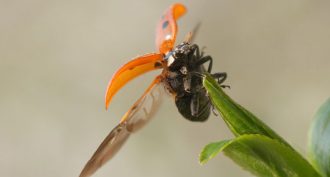 Animals
AnimalsAnalyze This: A massive annual insect migration
A study of seasonal insect migration gave some surprising results.
-
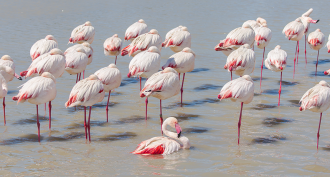 Animals
AnimalsHow a flamingo balances on one leg
Flamingos are so good at balancing on just one leg that they can snooze that way with little effort.
By Susan Milius -
 Animals
AnimalsScientists Say: Extremophile
Some species can survive high heat, freezing cold or other extreme environments. Scientists call these organisms extremophiles.
-
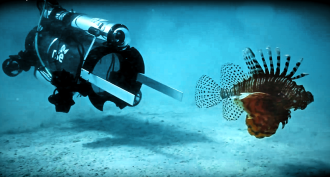 Tech
TechUnderwater robot vacuums up lionfish
Lionfish damage coral reefs in the Atlantic Ocean. A new underwater robot hunts, stuns and captures the bullies with help from a human operator.
-
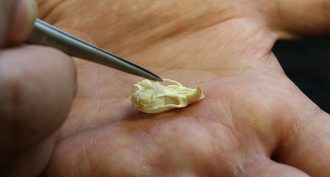 Animals
AnimalsHow the house mouse found its home
Once people started settling down 15,000 years ago, a mouse species followed them indoors. The animals didn’t need people to be farming and storing food.
-
 Animals
AnimalsNighttime lights can dim a firefly’s flash
Fireflies blink to attract mates. But when it’s too bright at night, the insects may stay away.
-
 Animals
AnimalsToss and slap — how dolphins disarm a dangerous meal
Octopus can be a deadly meal, especially if you don’t have hands to cut it up. But dolphins in Australia have figured out how to eat octopus without choking to death.
-
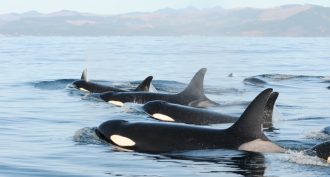 Animals
AnimalsThese killer whales exhale sickening germs
A group of endangered killer whales are exhaling disease-causing germs. Researchers worry these microbes could make the animals sick.
-
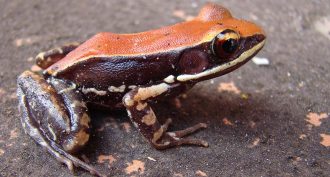 Health & Medicine
Health & MedicineFlu fighter found in frog slime
A protein found in the mucus secretions of an Indian frog can take down a type of flu virus, a new study finds.
-
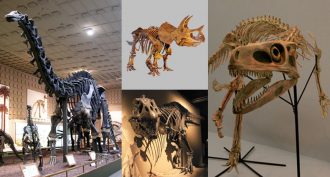 Fossils
FossilsScientists are rethinking the dinosaur family tree
The dinosaur family tree consists of three main branches. Or maybe not. A new study suggests a rewrite is due.
-
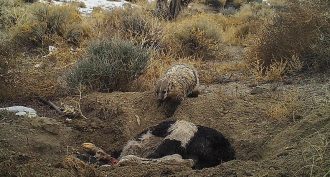 Animals
AnimalsIndustrious badger caught burying an entire cow
Badgers are known to bury small animals. That allows them to save a meal for future dining. Now researchers have caught them caching something much bigger: young cows.
-
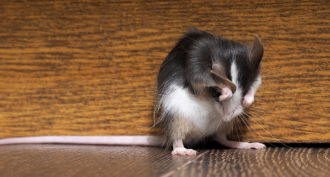 Brain
BrainAmong mice, scratching is catching — as in contagious
Contagious itching spreads by sight, mouse-to-mouse. Scientists have now identified brain structures behind this phenomenon.
By Susan Milius